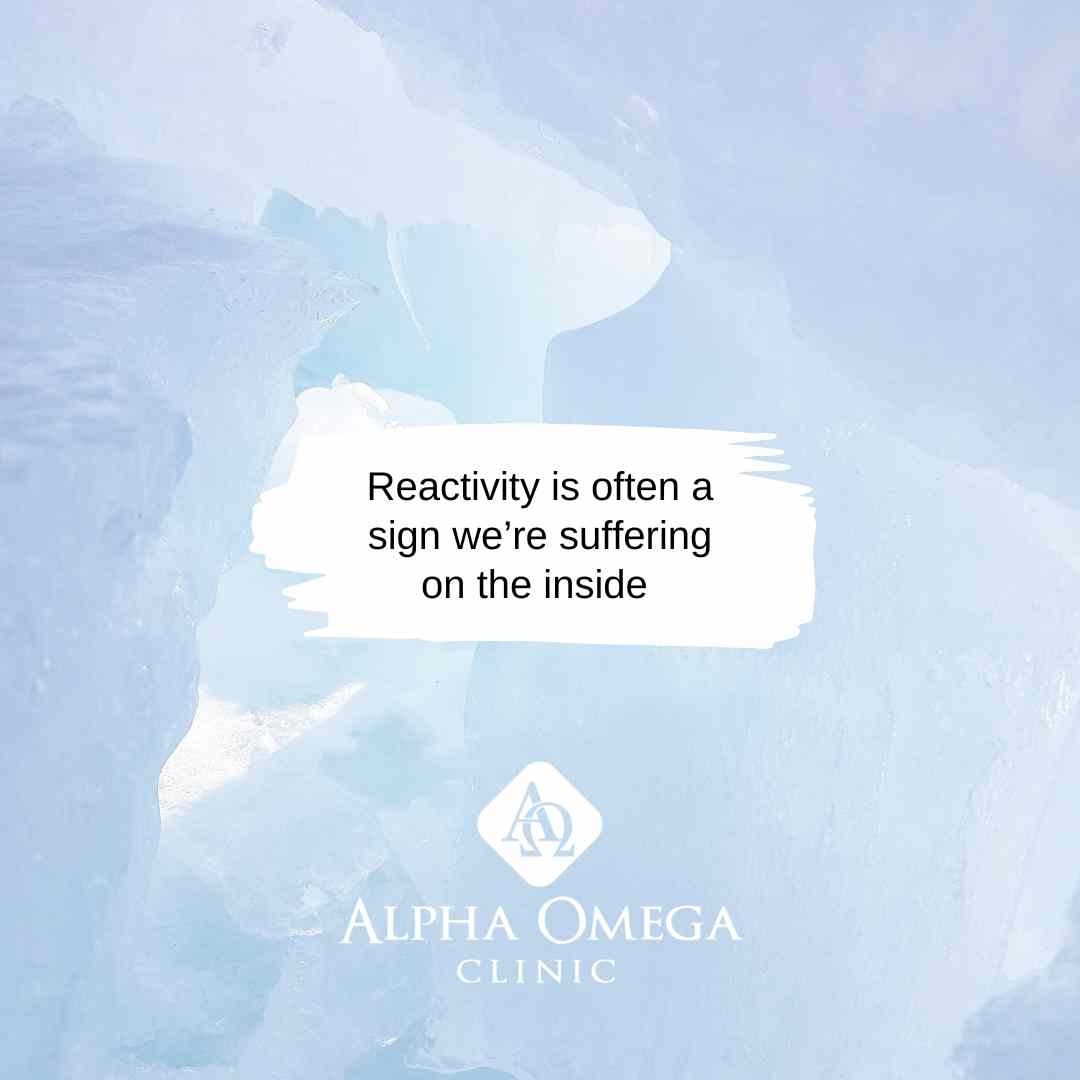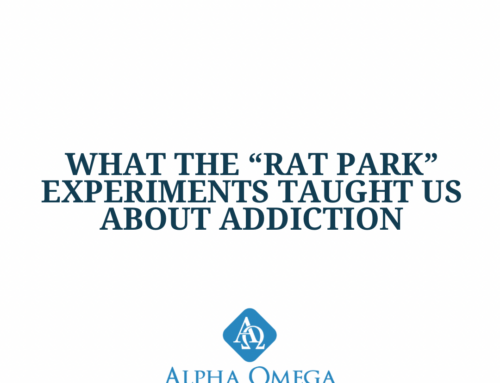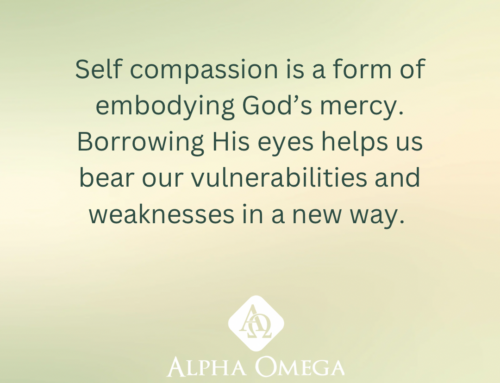Reacting strongly to something or someone is typically a protective move. This move is often associated with secondary emotions like anger, frustration, annoyance, etc that come alive to protect softer and more vulnerable parts of ourselves. If we have never or rarely had help carrying these vulnerable parts of us then our brain will work in service of its own protection and block anyone (including ourselves) from getting close. This is what reactivity is from a process perspective: self protection.
You see, humans don’t do anything for no reason. We all have very good reasons for doing what we do, even if we’re not proud of it or we don’t fully understand it. Being curious about our “good reasons” can often help us undo the rigidity around these unconscious processes, opening the door for new possibilities. Even if those good reasons don’t seem clear, the level of rigidity is a sign that we didn’t have the help we’ve needed with our pain and are therefore suffering. By reframing our experience as a moment of suffering, we can start to explore options to soothe this pain rather than let it fuel our reactivity.
Common signs of reactivity:
Heart rate increases
Tone gets louder
Speech speeds up
Sweating
Feeling hot or clammy
Going numb, shutting down, not talking
Defensiveness, criticism, or demands
Telling yourself a common “story” about what’s happening using words like always, never, can’t, etc
Want more ways to receive this content? Follow us on Instagram or Facebook or subscribe to our e-newsletter.
* The information provided is for self-enrichment and not intended to replace any necessary mental health treatment.
Warmly,
Jonathan Dixon, LMFT
Alpha Omega Team





